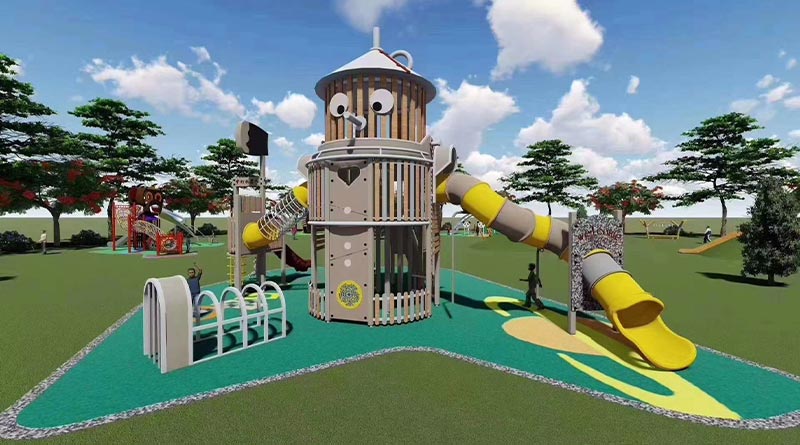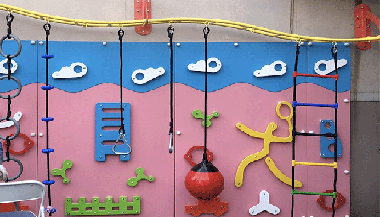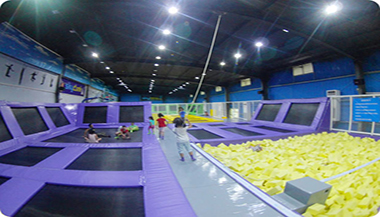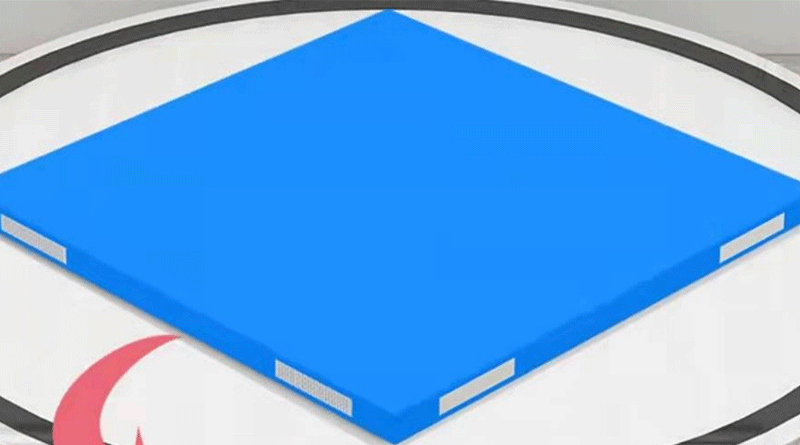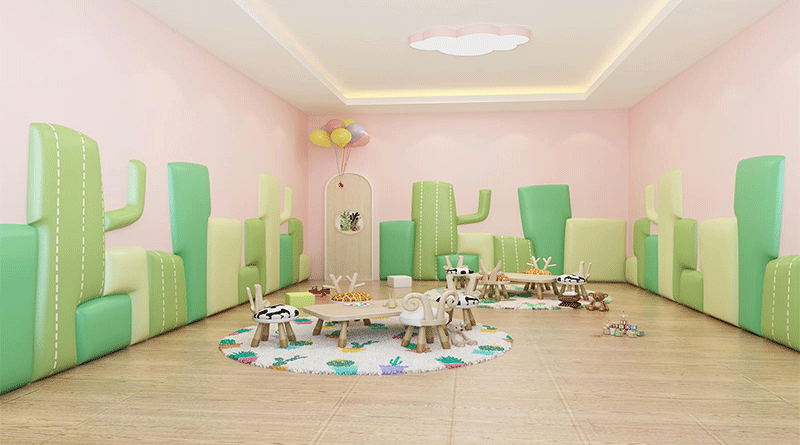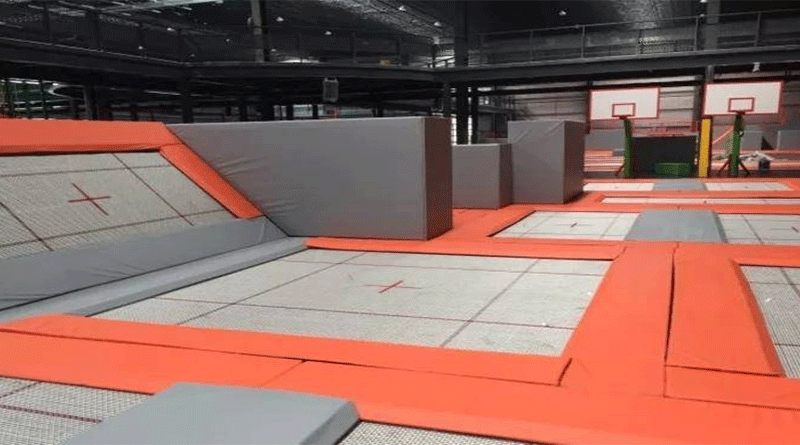How to Choose Indoor Playground Equipment for Kindergartens
 Nov 10,2024
Nov 10,2024Indoor playground equipment plays a vital role in kindergartens, providing children with a space for physical activity, social interaction, and learning. When choosing such equipment, several crucial factors need to be considered to ensure it meets the needs of both the children and the educational environment.

Ⅰ.Safety First
⒈Sturdy Construction:The equipment should be made of high - quality, durable materials. For example, metal parts should be thick - walled and free from sharp edges or corners. Wooden components should be well - sanded and treated to prevent splinters. Play structures like slides and climbing frames need to have a stable base to avoid tipping over during use. A sturdy construction not only ensures the longevity of the equipment but also significantly reduces the risk of accidents.
⒉Safety Features:Look for equipment with safety features such as soft - padded surfaces on impact - prone areas, like the landing areas of slides. Handrails on stairs and climbing parts should be at an appropriate height and grip - friendly for young children. Additionally, any moving parts, such as swings or doors, should have proper safety mechanisms to prevent pinching or sudden movements.
Ⅱ.Age - Appropriateness
⒈Developmental Stages:Kindergarten children are at different developmental stages. For younger kids, simple and low - risk equipment like small ball pits, soft - foam building blocks, and gentle rocking horses are more suitable. These help with their basic motor skills development, such as grasping, crawling, and balance. Older kindergarteners may enjoy more challenging equipment like climbing walls with appropriate safety harnesses and obstacle - course - style play sets that enhance their coordination, strength, and problem - solving skills.
⒉Skill - Level Consideration:The equipment should match the children's existing skill levels. For instance, if a kindergarten has a group of children who are just starting to walk steadily, equipment that requires advanced balance or fine - motor skills may be too difficult and frustrating for them. On the other hand, for more advanced children, overly simplistic equipment may not provide enough stimulation.
Ⅲ.Educational Value
⒈Learning through Play:Opt for equipment that can incorporate educational elements. For example, interactive play panels with numbers, letters, or simple puzzles can help children learn while they play. Musical instruments - like xylophones or tambourines - that are part of the play equipment can introduce children to music and rhythm. Building - block - based structures can teach concepts like shapes, colors, and spatial awareness.
⒉Encouraging Social Interaction:Equipment that promotes social interaction is also highly valuable. Team - based play areas, such as small playhouses or cooperative building zones, encourage children to communicate, share, and cooperate with their peers. This helps in developing their social skills, emotional intelligence, and teamwork abilities.
Ⅳ.Space and Layout Compatibility
⒈Available Space:Measure the indoor space of the kindergarten accurately before choosing equipment. Oversized equipment can overcrowd the area, making it difficult for children to move around safely. Small equipment in a large space, on the other hand, may not make the most of the available area. Consider the height, width, and depth of the equipment to ensure a proper fit.
⒉Layout Design:Think about how the equipment will be arranged in the space. Create clear pathways for children to move between different play areas. For example, place the slide and climbing frame away from the quieter reading or art areas to avoid distractions and potential accidents. A well - planned layout can enhance the overall functionality and enjoyment of the indoor playground.
Ⅴ.Cost - Effectiveness
⒈Initial Investment:Set a budget and look for equipment that offers good value for money. Compare prices from different suppliers, but don't compromise on quality for the sake of a lower price. Sometimes, investing a bit more in high - quality equipment can save costs in the long run due to its durability and reduced need for frequent repairs or replacements.
⒉Long - term Costs:Consider the long - term costs associated with the equipment, such as maintenance, repairs, and potential upgrades. Equipment that is easy to maintain and has readily available replacement parts can be more cost - effective in the long term. Additionally, energy - efficient equipment, if applicable, can also reduce utility costs over time.
In conclusion, choosing the right indoor playground equipment for kindergartens requires careful consideration of safety, age - appropriateness, educational value, space compatibility, and cost - effectiveness. By taking these factors into account, kindergartens can create a fun, safe, and educational indoor play environment that promotes the healthy development of young children.


